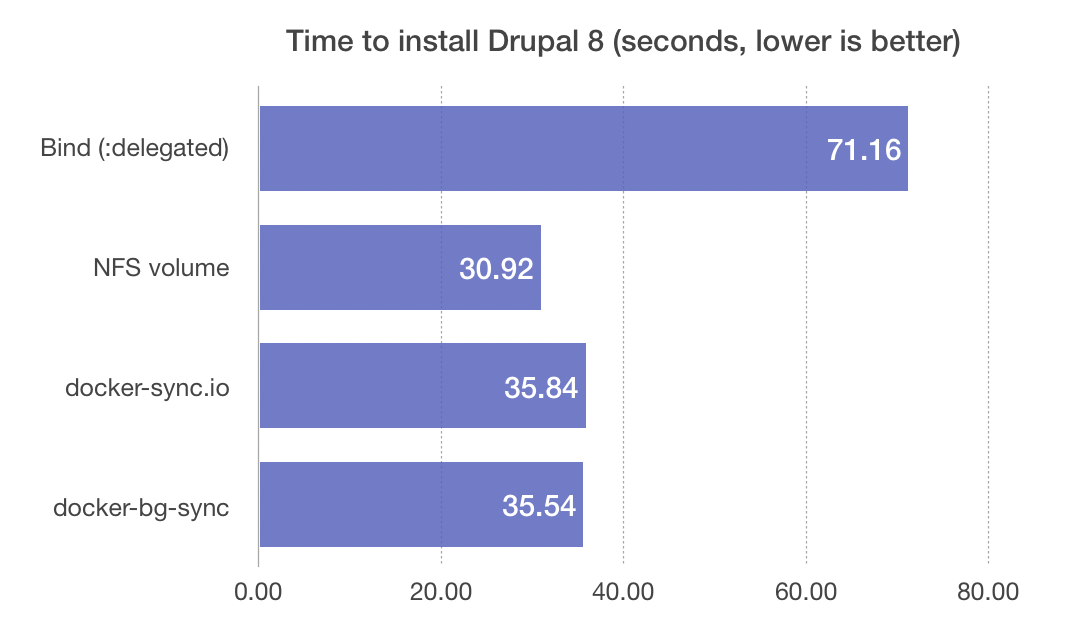Yarn Mac Os
Arch Linux
On Arch Linux, Yarn can be installed through the official package manager.
Currently, there are no Arch packages available for RC or nightly builds of Yarn. Please use the tarball:
# launch the app yarn start Build # Build & package the whole app # Creates a.dmg for Mac,.exe installer for Windows, or.AppImage for Linux # Output files will be created in dist/ folder yarn dist.
Installation Script
One of the easiest ways to install Yarn on macOS and generic Unix environmentsis via our shell script. You can install Yarn by running the following code inyour terminal:
Yarn Mac Os
- $ yarn build:mist -mac # mac $ yarn build:mist -linux # linux $ yarn build:mist -win # windows skipTasks When building a binary, you can optionally skip some tasks — generally for testing purposes.
- Spark runs on both Windows and UNIX-like systems (e.g. Linux, Mac OS), and it should run on any platform that runs a supported version of Java. This should include JVMs on x8664 and ARM64. It’s easy to run locally on one machine — all you need is to have java installed on your system PATH, or the JAVAHOME environment variable pointing to.
The installation process includes verifying a GPG signature.View the source on GitHub
You can also specify a version by running the following code in your terminal:
See the releases for possible versions.

Manual Install via tarball
You can install Yarn by downloading a tarball andextracting it anywhere.
Before extracting Yarn, it is recommended that you verify the tarball using GPG:
Path Setup
如果未在 PATH 环境变量中找到 yarn,请按照以下步骤添加 yarn 到 PATH 环境变量中,使其可以随处运行。
注意:您的配置文件可能是 .profile、.bash_profile、.bashrc、.zshrc 等。
- 将此项加入您的配置文件:
export PATH='$PATH:/opt/yarn-[version]/bin'(路径可能根据您安装 Yarn 的位置而有差异) - 在终端中,执行登录并登出以使更改生效
为了可以全局访问 Yarn 的可执行文件,你需要在控制台(或命令行)中设置 PATH 环境变量。若要执行此操作,请添加 export PATH='$PATH:`yarn global bin`' 到你的配置文件中,或者,如果你使用的是 Fish shell,直接执行此命令 set -U fish_user_paths (yarn global bin) $fish_user_paths 即可。
Apache Spark is a unified analytics engine for large-scale data processing.It provides high-level APIs in Java, Scala, Python and R,and an optimized engine that supports general execution graphs.It also supports a rich set of higher-level tools including Spark SQL for SQL and structured data processing, MLlib for machine learning, GraphX for graph processing, and Structured Streaming for incremental computation and stream processing.
Security in Spark is OFF by default. This could mean you are vulnerable to attack by default.Please see Spark Security before downloading and running Spark.

Get Spark from the downloads page of the project website. This documentation is for Spark version 3.1.1. Spark uses Hadoop’s client libraries for HDFS and YARN. Downloads are pre-packaged for a handful of popular Hadoop versions.Users can also download a “Hadoop free” binary and run Spark with any Hadoop versionby augmenting Spark’s classpath.Scala and Java users can include Spark in their projects using its Maven coordinates and Python users can install Spark from PyPI.
If you’d like to build Spark from source, visit Building Spark.
Spark runs on both Windows and UNIX-like systems (e.g. Linux, Mac OS), and it should run on any platform that runs a supported version of Java. This should include JVMs on x86_64 and ARM64. It’s easy to run locally on one machine — all you need is to have java installed on your system PATH, or the JAVA_HOME environment variable pointing to a Java installation.
Spark runs on Java 8/11, Scala 2.12, Python 3.6+ and R 3.5+.Java 8 prior to version 8u92 support is deprecated as of Spark 3.0.0.For the Scala API, Spark 3.1.1uses Scala 2.12. You will need to use a compatible Scala version(2.12.x).
For Python 3.9, Arrow optimization and pandas UDFs might not work due to the supported Python versions in Apache Arrow. Please refer to the latest Python Compatibility page.For Java 11, -Dio.netty.tryReflectionSetAccessible=true is required additionally for Apache Arrow library. This prevents java.lang.UnsupportedOperationException: sun.misc.Unsafe or java.nio.DirectByteBuffer.(long, int) not available when Apache Arrow uses Netty internally.
Spark comes with several sample programs. Scala, Java, Python and R examples are in theexamples/src/main directory. To run one of the Java or Scala sample programs, usebin/run-example <class> [params] in the top-level Spark directory. (Behind the scenes, thisinvokes the more generalspark-submit script forlaunching applications). For example,
You can also run Spark interactively through a modified version of the Scala shell. This is agreat way to learn the framework.
Yarn Install Mac Os
The --master option specifies themaster URL for a distributed cluster, or local to runlocally with one thread, or local[N] to run locally with N threads. You should start by usinglocal for testing. For a full list of options, run Spark shell with the --help option.
Spark also provides a Python API. To run Spark interactively in a Python interpreter, usebin/pyspark:
Example applications are also provided in Python. For example,
Spark also provides an R API since 1.4 (only DataFrames APIs included).To run Spark interactively in an R interpreter, use bin/sparkR:
Yarn Mac Os 10.13

Example applications are also provided in R. For example,
The Spark cluster mode overview explains the key concepts in running on a cluster.Spark can run both by itself, or over several existing cluster managers. It currently provides severaloptions for deployment:
What Is Yarn Mac

- Standalone Deploy Mode: simplest way to deploy Spark on a private cluster
Programming Guides:
- Quick Start: a quick introduction to the Spark API; start here!
- RDD Programming Guide: overview of Spark basics - RDDs (core but old API), accumulators, and broadcast variables
- Spark SQL, Datasets, and DataFrames: processing structured data with relational queries (newer API than RDDs)
- Structured Streaming: processing structured data streams with relation queries (using Datasets and DataFrames, newer API than DStreams)
- Spark Streaming: processing data streams using DStreams (old API)
- MLlib: applying machine learning algorithms
- GraphX: processing graphs
- SparkR: processing data with Spark in R
- PySpark: processing data with Spark in Python
API Docs:
Deployment Guides:
- Cluster Overview: overview of concepts and components when running on a cluster
- Submitting Applications: packaging and deploying applications
- Deployment modes:
- Amazon EC2: scripts that let you launch a cluster on EC2 in about 5 minutes
- Standalone Deploy Mode: launch a standalone cluster quickly without a third-party cluster manager
- Mesos: deploy a private cluster using Apache Mesos
- YARN: deploy Spark on top of Hadoop NextGen (YARN)
- Kubernetes: deploy Spark on top of Kubernetes
Yarn Macos Big Sur
Other Documents:
- Configuration: customize Spark via its configuration system
- Monitoring: track the behavior of your applications
- Tuning Guide: best practices to optimize performance and memory use
- Job Scheduling: scheduling resources across and within Spark applications
- Security: Spark security support
- Hardware Provisioning: recommendations for cluster hardware
- Integration with other storage systems:
- Migration Guide: Migration guides for Spark components
- Building Spark: build Spark using the Maven system
- Third Party Projects: related third party Spark projects
External Resources:
- Spark Community resources, including local meetups
- Mailing Lists: ask questions about Spark here
- AMP Camps: a series of training camps at UC Berkeley that featured talks andexercises about Spark, Spark Streaming, Mesos, and more. Videos,slides and exercises areavailable online for free.
- Code Examples: more are also available in the
examplessubfolder of Spark (Scala, Java, Python, R)
